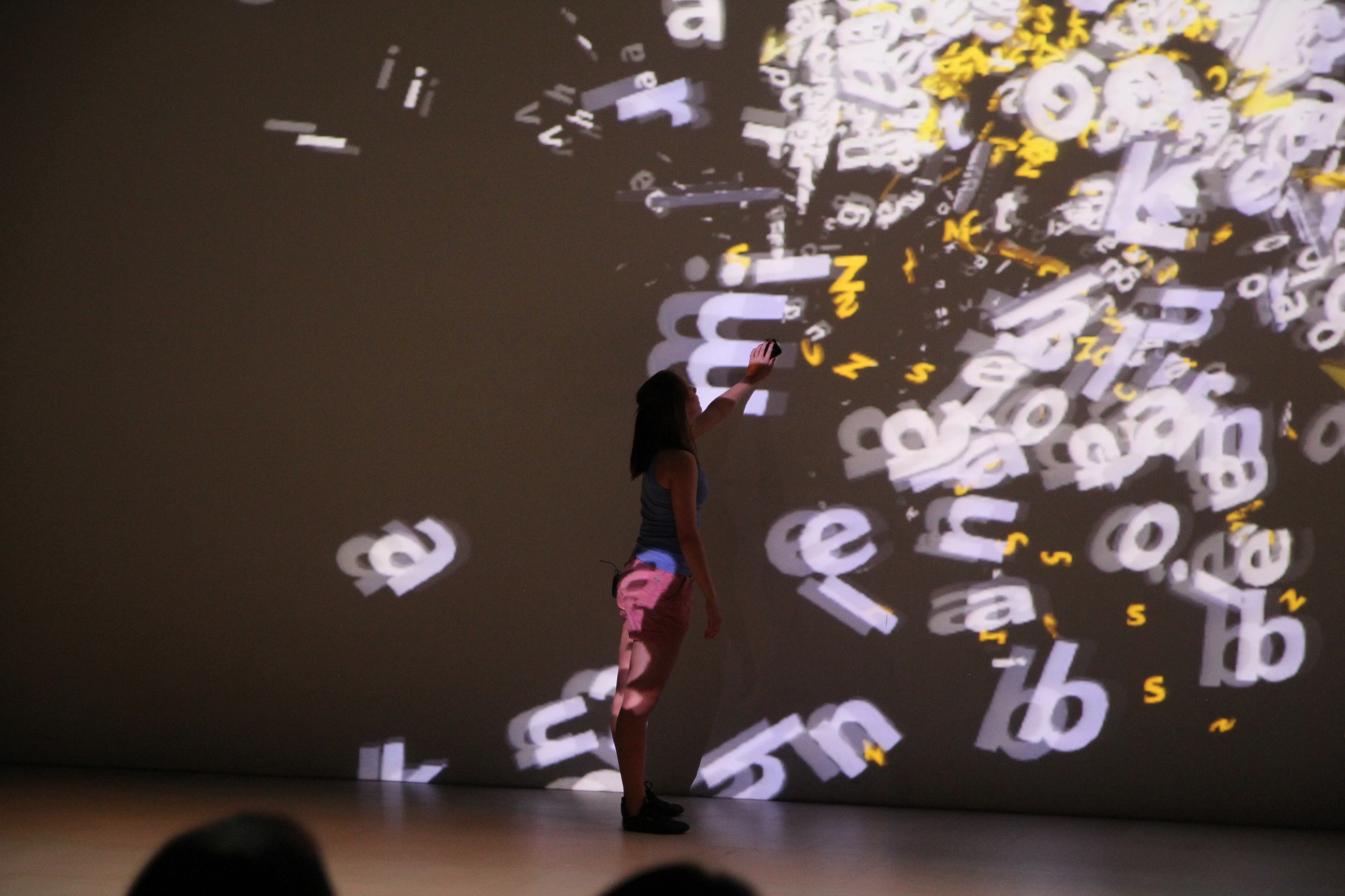by Bernhard Böhm

Can artists become researchers or are they researchers already? If artists are researchers, what kind of knowledge do they produce? How do they produce knowledge and finally, what are similarities and differences between artistic forms knowledge production and academic research?
In the last couple of years these questions have been high on the agenda of science policy makers, rectors of art universities, and theoreticians. This is due to recent political reforms, such as the Bologna Process. Through these reforms art colleges and universities have to function, in ‘harmony’ with the other European universities, as academic research and teaching institutions. Hence art is ever more discussed as a field of knowledge production.
As reaction to these political transformations and open debates a growing amount of theoretical literature on research in the arts or “arts-based research” got produced. Henk Borgdorff (2012), an often quoted scholar in the field as well as advisor of several science boards, writes for example that arts-based research is an academic form of knowledge production, in which “the artistic practice is not only the result of research, but also its methodological vehicle” and “the research unfolds in and through the acts of creating and performing. ”
But although these theories sound clear and feasible, in practice they actually do not translate easily into the lived research realities of practitioners. This is what I found out in my master thesis, in which I explored the conduct of the arts-based research project (St)Age of Participation.
This project was implemented by a media artist and members of a transdisciplinary art and research laboratory – the Ars Electronica Futurelab – and financed by the Austrian Science Fund´s programme for arts-based research. The aim of (St)Age of Participation was to do research on participatory stage performances and to invent interactive technologies to allow the audience members to be active co-creators of a stage art piece. In order to do so the project members defined research questions together, such as: How can audience participation be sensibly integrated into a stage performance without reducing its quality in terms of dramaturgy, aesthetics and intellect? Or: What feedback mechanisms are needed by audience members for satisfactory, comprehensible interaction?
To answer these questions and to invent and test new technologies, the project team conceptualised and realised small versions of interactive performances, so called Micro- performances/Dramaturgical Experiments.
Characteristic for the conduct of these performances/experiment was that all the people working on them had different understandings of what it means to do research, as well as different problems with relating their activities in the project to the theories on arts-based research.
For the co-director of the Futurelab – who had in the project the position of a project leader – doing research through realising the Micro-performances/Dramaturgical Experiments meant to do what the Futurelab has always been doing: To apply creativity, to achieve effects through creative practice, to define methods for achieving these effects, and through doing so, to make a contribution to society. Taken this understanding of doing research, in this arts-based research project he struggled with the questions: In how far can the creative practices of the Futurelab be counted as artistic practices? And what kind of knowledge is produced through them?
Another member of the Futurelab used social psychological approaches to work on the Micro-performances/Dramaturgical Experiments. This allowed her to do research on the effects the interactive performances/experiments had on the visitors. But as methods from social psychology are used in the project, she had to ask herself, what is their relation to art and what is the academic status of the knowledge produced through these practices?
For the second project leader – the media artist – realising the performances/experiments and doing research in this project meant to do research through art practice: to produce art, to make new experiences in regard to interactive stage performances, to develop tools, and to observe how the produced art pieces are experienced by the audience and art critics. But, he asked himself, how is it possible to verbalise the experiences and impressions one makes while producing art and how to communicate these insights to an academic community?
These questions show that the theories on arts-based research are not easy to connect to its realisation and that they produce tensions and uncertainties for the practitioners. Thus what seems currently needed in arts-based research is a discourse on practice and especially, how theoretical descriptions of arts-based research work in practice.
What is at stake in such discussions is the future of arts-based research. Will it stay as open as in (St)Age of Participation; allowing for new knowledge to emerge through the combination of different approaches but producing uncertainties in regard to its realisation. Or will it become more formalised; will defined borders and approaches be introduced, which reduce uncertainties but also possible ways to produce knowledge?
These are all questions that have to be resolved, and potential directions for the future are still open. What would be important from my perspective is to be aware that the lived realities of people conducting arts-based research are more complex than the theories about it. In order to include these realities into the discourse on practice, it is necessary to open up the debates to variety of different actors, practitioners as well as policy makers and theorists.
.
References
Borgdorff, H. (2012 [2010]). The Production of Knowledge in Artistic Research. In M. Biggs & H. Karlsson (eds.), The Routledge Companion to Research in the Arts (pp. 44-63). London, New York: Routledge.
Bernhard Böhm studied Sociology and Science – Technology – Society (STS) at the University of Vienna. Since 2007 he has been involved in various art and research projects at the Museumsquartier Vienna as well as the Ars Electronica in Linz. Currently he is a member of the research department of Ars Electronica, the so called Futurelab, and he is in preparation of his PhD studies on research in architecture, which he will start in September 2015 at the ETH Zürich.